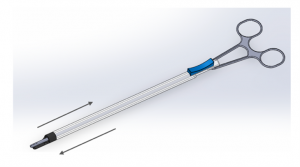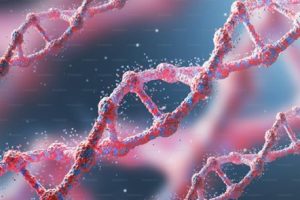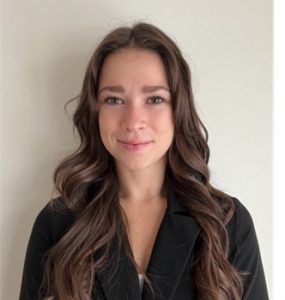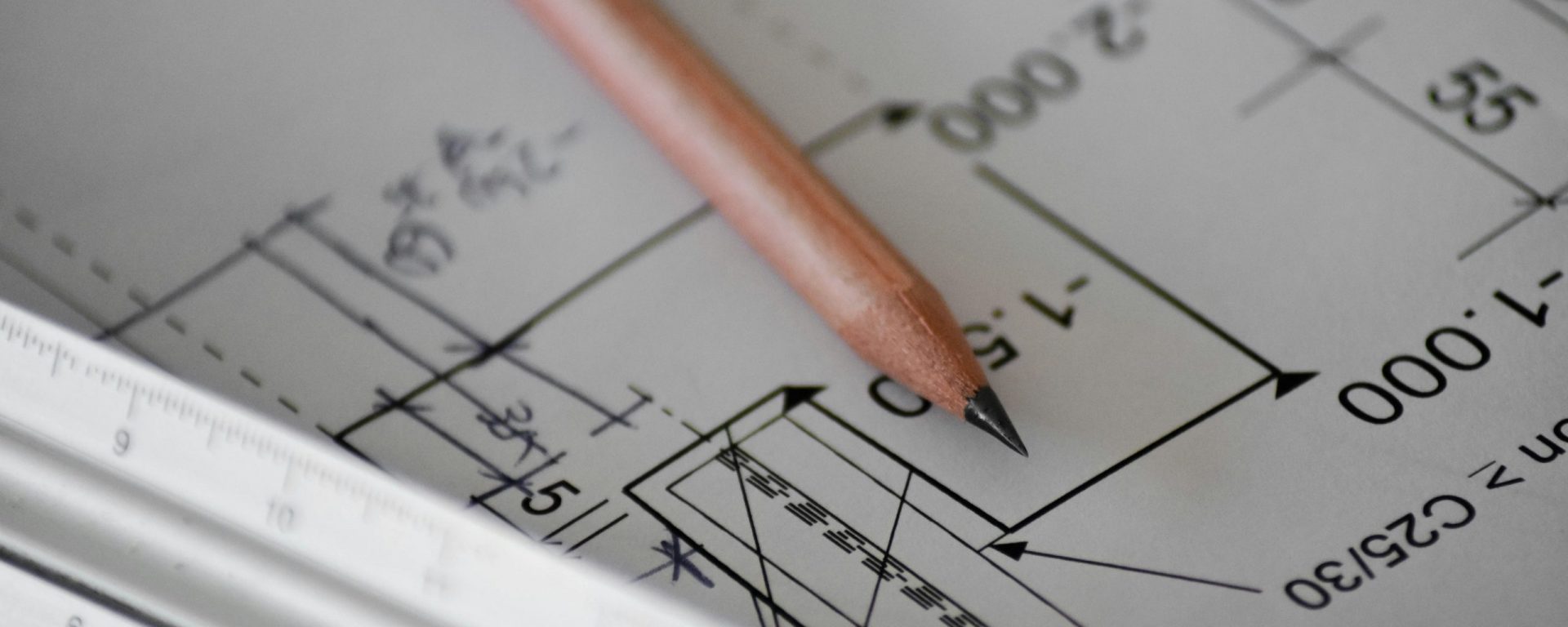Embarking on the path of higher education is often a journey filled with twists, turns, and unexpected discoveries. As an engineering undergraduate, my passion for problem-solving and innovation led me down a familiar road of equations and design principles. However, it was during my last semester of undergrad that I stumbled upon a new realm of knowledge that would reshape my understanding of creativity and innovation – intellectual property law (IP).
Engineering Mindset Meets Legal Insight
My interest in IP law was an accumulation of instances that together, shifted the course of my future.
I first learned about a branch of IP, patents, during my last year of undergrad. A team of four students and I were tasked with a Senior Design Project to invent and build a medical device prototype. From conceptualizing to prototyping and testing, I began to ponder the legal protections available in safeguarding our hard work and ingenuity. Patents had never been a curriculum topic in my academics until our supervising engineer for the project introduced the concept. Could this invention be patentable? What features make it patentable?

I was never able to fully determine the patentability of our senior design project as I did not have the resources and assistance at the time. However, this project was the first of multiple instances prior to law school where concepts of ownership rights and protection left me with unanswered questions. As I started my first career working on regulations of medical devices, I slowly uncovered answers to these questions.
While initially focused on understanding the implication of regulations governing industries such as healthcare and biotechnology, I soon realized the interconnectedness between regulatory compliance and IP protection. This was most prevalent when licensing and ownership agreements of medical device technology were required for approval by regulatory bodies like the Food and Drug Administration (FDA).
In general, the presence of relevant patents could impact the regulatory pathway my company chose. For example, if a device incorporated a novel technology covered by patents, additional documentation, or evidence of the company’s ability to market and sell that technology was required in order to satisfy FDA requirements. Working with engineers with patented devices, I assisted in compiling much of this documentation in the process of receiving regulatory approval.
Although I enjoyed my short career prior to law school, I ultimately felt more drawn to the idea of writing and protecting patents than to a career in regulatory compliance.
Bridging Two Worlds
At first glance, engineering and law may seem worlds apart. However, upon closer examination, I discovered numerous parallels between the two disciplines: Both fields require a keen attention to detail, analytical thinking, and a relentless pursuit of knowledge.
As I began my journey through law school, I discovered that courses like IP Legal Writing and Genetics Law & Policy provided me freedom to explore IP issues. Specifically, I drafted memoranda on patent infringement, where unauthorized use of patented products or processes is at stake and researched the impact of patents on ownership of genetic material.

Even with my science background, I found myself asking a number of questions in my courses. I was curious about the policy aspects surrounding scientific endeavors. For example, as a final research paper in my Genetics course, I learned that many of the cases and studies surrounding the application of patents to genetic material were grounded in ethical dilemmas–something I had not known.
What are implications of gene patents on access to genetic testing, therapies, and healthcare services? What are the global implications of gene patents on access to genetic resources and technologies?
Well, let’s just say I’m still searching for those answers.
Nonetheless, these courses are steadily enhancing the groundwork I laid before law school, prompting me to think about science through a new lens.
Networking: Key to Patent Law Enlightenment
Although I was exposed to IP in my legal writing class from day one of my first semester, that alone did not show me what a career in IP would look like. Likewise, although my incidental exposure to IP and patents in undergrad piqued my interest, I still had many questions unanswered.
And so, leveraging the resource that secured my first job in regulatory, I resorted to the method I knew worked best: networking.

I struggled during the first few conversations with attorneys to surpass surface level questions because of my lack of knowledge of the law. Regardless, many attorneys were thrilled to share their experiences and help me learn about their practice. Through networking events, informational interviews (meetings to learn about the real-life experience of someone working in a field), and panel webinars inviting attorneys to discuss IP topics, I gained firsthand insight into the multifaceted nature of patent law practice. I learned how drafting patent applications mirrored some of the writing I did in the regulatory field, working with engineers and inventors to accurately represent the product/invention in a manner that meets specific requirements for approval or protection.
Connecting with IP attorneys through organizations such as IPLAC and ChiWIP also fostered the knowledge and appreciation I gained for the IP field. I engaged with Loyola alumni through events and received their perspectives on courses and opportunities that personally enriched their understanding of IP. These small efforts gave me confidence to ask thoughtful questions and develop a more concrete understanding of the broad range of industries and patent work available for aspiring attorneys like me.
Full Speed Ahead
While it wasn’t one pivotal moment that paved my transition from STEM to law, my experiences have built on one another to lead me to where I am today. I am grateful for the many mentors, attorneys and professors who have influenced my professional career. I am likewise encouraged in pursuing future opportunities to work within the intersection of science and law.

Dasha Ignatova
Assistant Blogger
Loyola University Chicago School of Law, J.D. 2026
